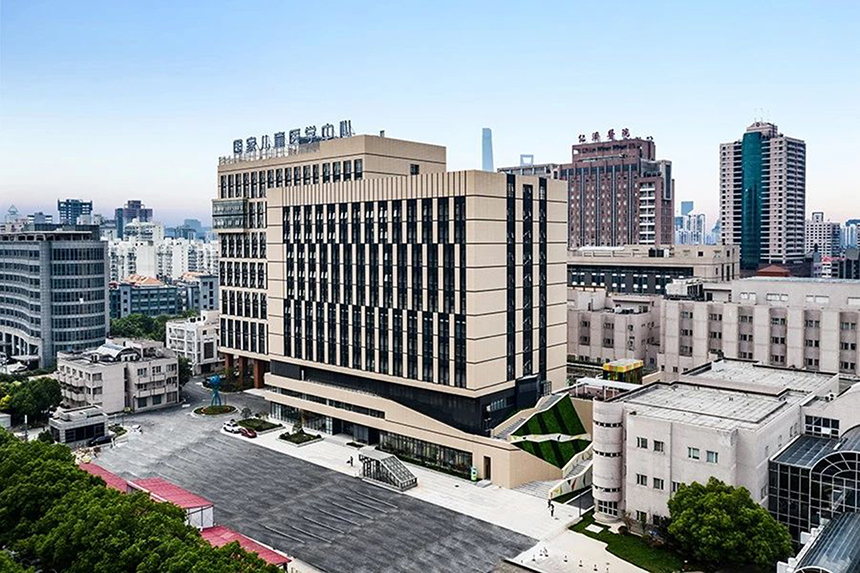
Shanghai Children's Medical Center Medical Complex
Shanghai
The medical complex of Shanghai Children's Medical Center, designed and contracted by Zhubo, is located in the base of Shanghai Children's Medical Center, No. 1678 Dongfang Road, Pudong New Area, close to the original outpatient building. The project is a hospital reconstruction and expansion project, including outpatient, medical technology, hospitalization, teaching, scientific research and other functions, with a total area of 64,000 square meters. After the new building is put into use, it has greatly eased the congestion of the hospital’s medical space, improved the medical environment, improved the medical experience, and matched the hospital’s advanced medical level and services. The newly built medical complex is designed with 500 beds, and the total number of beds in the backyard area will reach 1,000 beds.
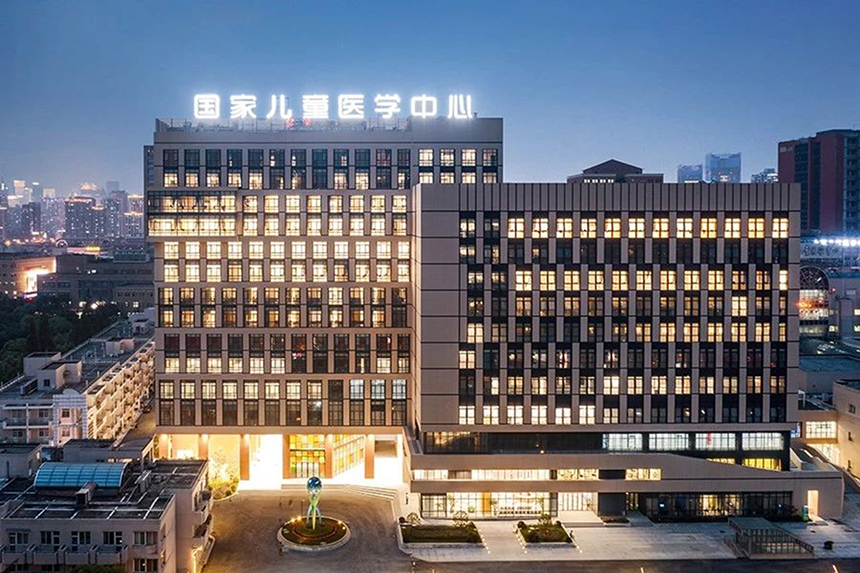
Master plan: continuation of the original medical space
The high-rise part of the main building is arranged in the form of "products" on the west side of the site. The east-west medical street is connected with the original outpatient hall. Resource sharing, and can shorten the patient's moving distance. There is a high degree of transition between the old and the new building form, which allows the sight passage for the building on the north side while expressing respect for the old building.
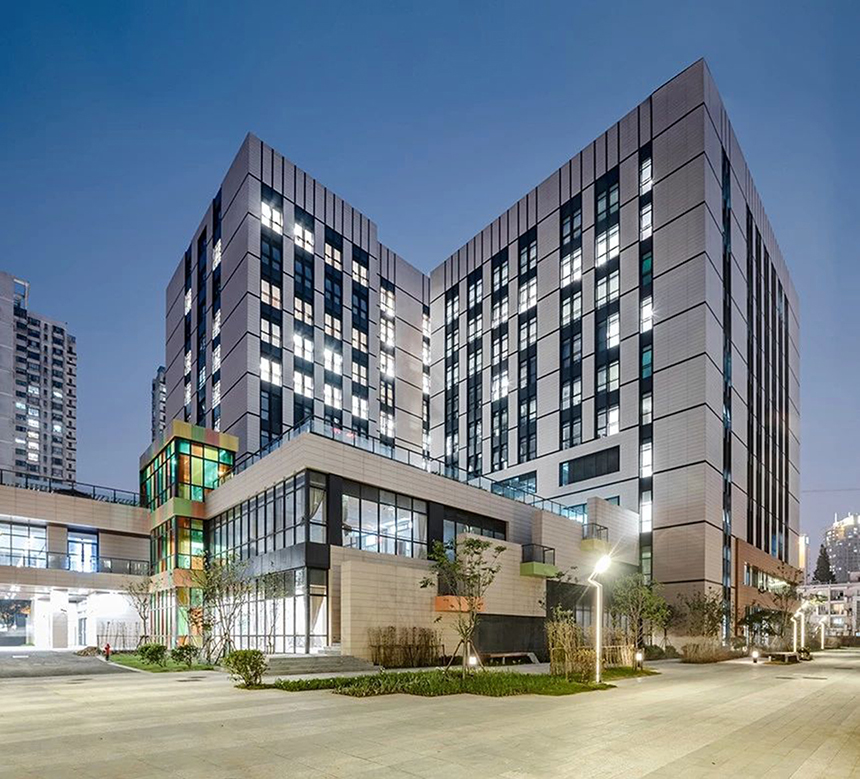

Space characteristics: three-dimensional healing space
The overall layout does not damage the existing main green landscape, and uses new and old buildings to form several internal courtyards to connect the internal and external green spaces to form a rich green space. The newly built building has 14, 11, and 10 floors. The same as the existing buildings on the 7, 5, and 3 floors. The volume relationship forms an orderly height gradient. The roof gardens are designed at different building heights, including podium greening and sunken courtyard greening space. As a completely open space, a three-dimensional healing space is formed together, providing patients with a well-touched natural landscape, and also providing a natural place for patients and medical staff to relax and rest, reducing psychological pressure, and promoting treatment and rehabilitation process.


Medical process: human-oriented process design
People-oriented, from the perspective of patients, try to give patients the best medical experience. Departments are classified and expanded according to their functional attributes and closeness of connection, and are reasonably set up in a number of functional blocks to minimize the distance between visits and improve efficiency.

Indoor space: childlike innocence
-From space-
Reasonably divide the functional areas, and set up humanized spaces on the basis of meeting the needs of children's medical and medical use functions, such as children's game activity area, parents and children's rest waiting space, etc.
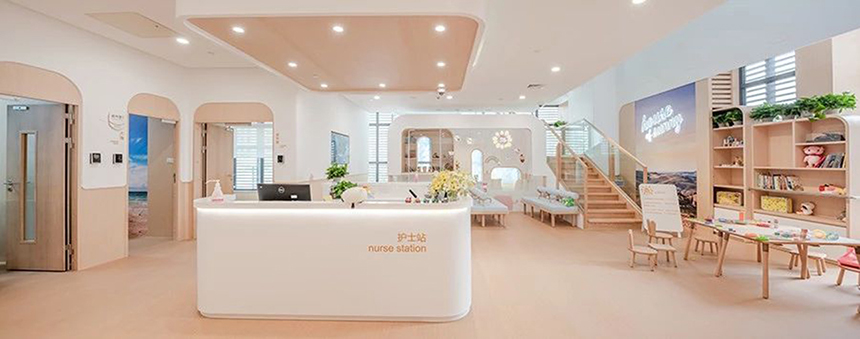
-From the color point-
The design concept of the interior space is the shape of a tangram, which is intended to use colorful geometric figures to penetrate the design of the interior space. The main color is mainly clean white, warm wood grain color, and steady beige gray to create a warm, friendly, spacious and bright space effect, and geometric color blocks are partially added to add a sense of childishness.

-From the materials used-
Children are prone to crying when they go to the doctor, crowded when charging and waiting, and the medical environment is relatively noisy. On the basis of ensuring the design effect, use materials that are easy to clean, durable, and have sound absorption and sound insulation functions as much as possible for indoor materials.
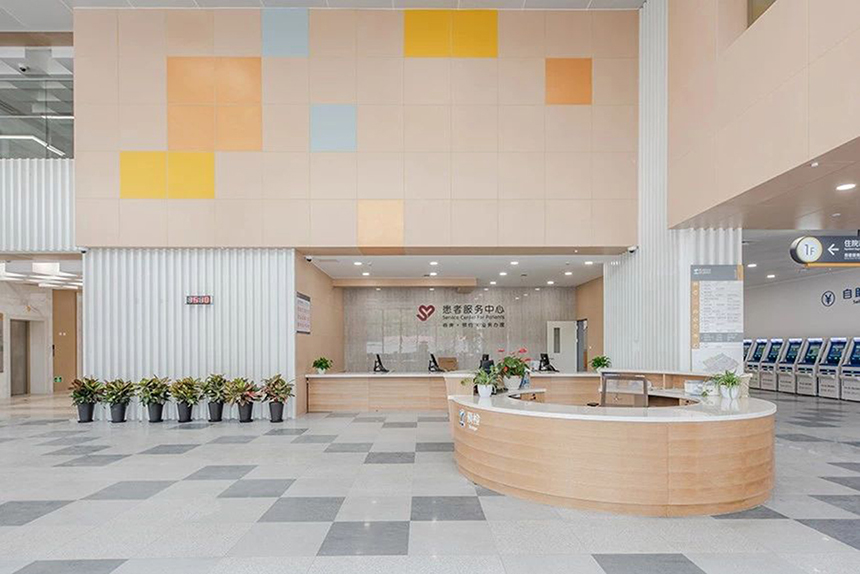
-From the perspective of children's psychology-
Children tend to be nervous when they go to the doctor, and they have a sense of distance from the hospital. The interior design uses cartoon colorful art installations, interesting hand-painted walls and animal patterns to guide the logo, etc., which not only plays the role of space guidance, but also allows children as much as possible. To relax.

-In terms of safety-
Safety guardrails are installed at the outer windows and the aerial courtyard, and the height of the glass railings is increased at the aerial courtyard. The ground is made of non-slip materials, and the positive corners of the walls are provided with anti-collision strips at the corners. The public walkway of the ward is equipped with safety handrails, and the shower area of the ward bathroom is designed to cover the water baffle in a trench flush with the floor tiles in order to prevent the protruding water retaining strip from tripping the patient.
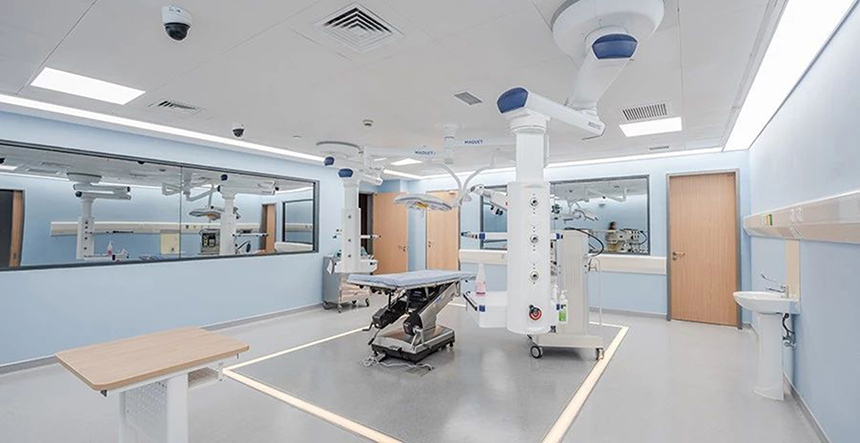
Design general contracting
During the project design and construction process, the Zhubo design team carried out continuous coordination and modification in nearly 30 subcontracting designs such as architecture, interior, landscape, curtain wall, purification, logistics, and shielding, in order to achieve better results. The scale of the project is large and the construction period is long. From the beginning of the design in 2013 to the current project operation stage, for the past five years, we are also growing as we watch it grow and change every day.

Design company: Zhubo Design Co., Ltd.
Project address: In the base of Shanghai Children's Medical Center, 1678 Dongfang Road, Pudong New Area, near the original outpatient building.
Building area: 64,000m²
Design year: 2013-2018
Project status: put into use
Owner: Shanghai Children's Medical Center
Project Director: Zhou Jie
Project Manager: Tang Hai, Xu Beibei
Architectural design: Qin Jiafeng, Sun Yixiu, Ge Shujun, Huang Huamin, Li Wei, Han Zhenhua, Tang Yahong
Interior design: Jin Mengyi, Le Binglei
Landscape design: Le Binglei, Zhao Yushu
Structural Engineering: Hu Weizheng, Wan Hongwei, Zhou Bin, Wang Binghong, Zhang Wei, Yang Qimu, Su Yiju
HVAC engineering: Zhang Jingbo, Lu Yubin, Zhao Shanwei, Xu Chao, Yu Qingsong, Xu Jie
Water supply and drainage engineering: Liu Yi, Yang Lei, Chen Xiaotian
Electrical Engineering: Diao Haiyan, Xu Fengfeng, Zhang Chen, Fang Kun, Tao Li, Zhu Mingxiu, Zhou Changyuan, Zhai Haipeng, Dai Qianfan, Liu Xinyu, Chen Chen